The customer of this 4t/h livestock and fish feed processing line project is from the Netherlands and has his own farm. In order to reduce feeding costs, the customer invested 280,000 US dollars to build this livestock and fish feed production line. The project adopts granulation technology without puffing technology, and mainly processes pig feed, broiler feed and fish pellet feed.
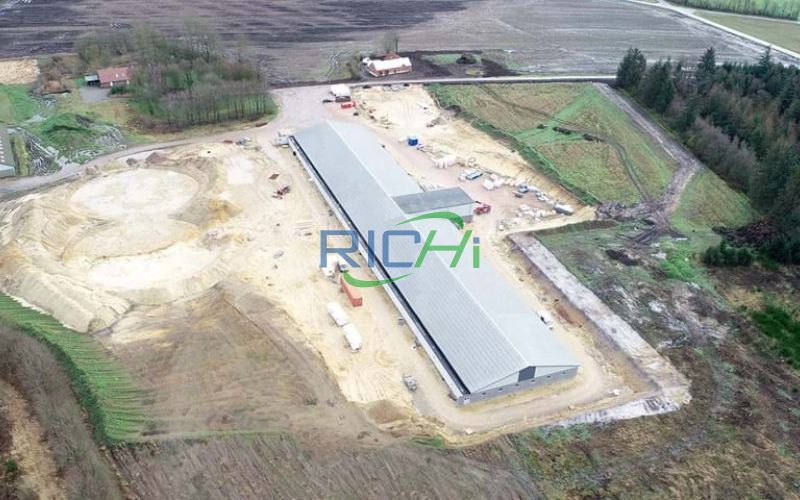
This 4t/h livestock and fish feed processing line in Netherlands is a new project. The customer has many years of breeding experience, but has no experience in livestock and aquatic compound feed production. After market research, it decided to build a compound feed line in its farm to process a variety of pellet feeds.
For a production scale of 4 tons per hour, an investment of 280,000 US dollars is relatively high. However, at the request of the customer, we configured this is a fully automatic feed production line for it, and it is equipped with a fully automatic computer batching system.
60% of the feed processed by this project will be used in the customer's own farm, and 40% of the feed will be sold to surrounding areas. The number of employees in this project is 6, with an 8-hour working system and an annual production of 300 days. After the project is completed, it will produce 10,000 tons of compound feed annually.
Name:
Compound feed production line
Country:
Netherlands
Date:
2024.02.19
Capacity:
4T/H
Pellet Size:
1.5-4.5mm
The install period:
30 Days
Control Mode:
Automatic
Guiding Price:
280,000 USD
The construction content of the 4t/h livestock and fish feed processing line in Netherlands project is as follows:
| Project Name | Construction Project | Construction Content and Scale |
| Main Project | Production Workshop | 1 building, a reinforced concrete frame structure multi-storey building, 50m long and 30m wide, east-west, divided into crushing, mixing, granulation, and packaging sections according to the production process, the main equipment includes crushers, mixers, feed granulators, pellet crumblers, etc. |
| Finished Product Warehouse | Shares the same building with the production workshop, located to the south and west of the production workshop, for stacking and storage. | |
| Raw Material Warehouse | A separate building, located to the north of the production workshop, 44m long and 17m wide, used to store production raw materials. | |
| Auxiliary Engineering | Office | A single building, one floor, 24m long and 10m wide, located in the north gate area of the farm. |
| Boiler Room | Located on the east side of the production workshop, including a light diesel boiler with a rated load of 1.5t/h, boiler model: WN1.5-1-Q.Y. | |
| Public Engineering | Power supply | From the local 10KV power grid, self-built transformer |
| Water supply | From the local tap water network | |
| Drainage | The domestic wastewater of employees is treated by an underground integrated domestic sewage treatment device and then discharged into the Lianxi River through the municipal pipe network, and then into the Liantang River, and finally into the Qingfeng Mountain Stream. | |
| Heating | One natural gas boiler with a rated load of 1.5t/h, boiler model: WN1.5-1-Q, used for feed conditioning. | |
| Environmental Engineering | Wastewater | There is no wastewater discharge in the production of this project. |
| Waste gas | All dust-generating points in production adopt a closed design. Those that cannot be closed are treated with cyclones or bag dust collectors. Cooling dust is discharged in an organized manner after treatment. | |
| Solid waste | The solid waste of this project includes dust removal dust, iron removed by the iron remover, and employee domestic garbage. The customer has built a temporary solid waste storage room to handle the solid waste of this project. |
The product plan for this 4t/h livestock and fish feed processing line in Netherlands project is as follows:
| Product Name | Specifications/Model | Annual Production Volume (tons) |
| Compound Feed for Small Pigs | 552 | 200 |
| Compound Feed for Medium Pigs | 553 | 500 |
| Compound Feed for Large Pigs | 558 | 1000 |
| Compound Feed for Pregnant Sows | 556 | 200 |
| Compound Feed for Lactating Sows | 55 7 | 100 |
| Compound feed for broiler chickens | 1120 | 1500 |
| Compound feed for broiler chickens | 11221 | 2000 |
| Compound feed for broiler chickens | 1124 | 3000 |
| Compound feed for small fish | 810 | 500 |
| Compound feed for adult fish | 818 | 1000 |
This 4t/h livestock and fish feed processing line in Netherlands project mainly produces livestock and poultry compound feed and aquatic compound feed, all of which are pellet feeds. The main raw materials are corn, soybean meal, etc. The main raw materials are shown in the table below.
| Raw Material Name | Specification | Annual Usage (tons) |
| Corn | Pellets | 4000 |
| Soybean Meal | Pellets | 2000 |
| Rice Bran | Powder | 500 |
| Bran Meal | Pellets | 1000 |
| Wheat middlings | powder | 500 |
| wheat | pellets | 500 |
| rapeseed meal | pellets | 400 |
| rapeseed cake | pellets | 400 |
| DDGS | Powder | 300 |
| Palm meal | Pellets | 300 |
| Stone powder | Powder | 50 |
| Calcium hydrogen phosphate | Powder | 50 |
The main equipment of this 4t/h livestock and fish feed processing line in Netherlands project is electric, the power supply comes from the local power grid, and the water supply comes from the local tap water.
| No. | Name | Annual Consumption | Source |
| 1 | Electricity | 100,000 kWh | Local power grid |
| 2 | Water | 2940 tons | Tap water |
The annual electricity consumption of this livestock fish feed production line project is 100,000 kwh, and the power supply comes from the municipal power supply, and a self-built transformer.
In the production of this project, only the boiler uses water, and the water consumption is 1.5t/h. If the daily working hours are 8 hours and the annual working days are 300 days, the water consumption is 12t/d, 3600t/a, and all enters steam conditioning.
The main equipment of this 4t/h livestock and fish feed processing line in Netherlands project includes animal feed pellet machine, mixer, crusher, cooler, etc., see the table below for details.
| Equipment Name | Model | QTY |
| Pulse Dust Collector | TBLMF8B-12 Bags | 4 |
| Self-cleaning Bucket Elevator | TDTG36/13-28 | 5 |
| Permanent Magnetic Cylinder | CXY-40 | 2 |
| Scraper | TGSU25 | 2 |
| 168 wide crusher | SFSP60-80A | 1 |
| Computer batching system | SLD2000 | 1 |
| Double-shaft paddle mixer | SLHSJ2.0 | 1 |
| Screw conveyor | TWLL25 | 3 |
| Ring die feed pellet machine | SZLH420 | 1 |
| Blower | GY6-14-12 | 1 |
| Counterflow pellet cooler | SRLN4.0 | 1 |
| Air compressor | W-1.5/8H | 2 |
| Automatic weighing and baling machine | TCSB50 | 1 |
| Grading screen | SFJH110 | 1 |
| Feed pellet crumbler machine | SSLG15×150 | 1 |
| Oil-fired steam boiler | WNS1.5-1-Q.Y | 1 |
The main process of this 4t/h livestock and fish feed processing line in Netherlands project includes raw material receiving and cleaning section, crushing section, batching and mixing section, granulation section, and finished product packaging section. The following is a detailed introduction to the process design of this production line:
The main materials (excluding edible oil) and premix purchased for this fish and livestock feed production line project are all packaging raw materials, transported by car and stacked in the raw material room.
After the raw materials are purchased, they must be inspected and qualified before they can be used. After the raw materials arrive at the factory, the purchasing staff will notify the quality control staff. The quality control staff will sample the raw materials according to regulations and first conduct an appearance inspection on the raw materials.
If there is mildew and insect damage and it exceeds the company's acceptance standards, it should be returned. The raw materials that have passed the appearance inspection will be sent to the laboratory for inspection and operation according to regulations.
If the inspection results meet the specified standards, the purchase is agreed. The quantity of bagged raw materials should be counted after unloading.
For raw materials that have passed the inspection, impurities are removed by primary screening and permanent magnetic drums when they are used.
The purpose of raw material cleaning is to remove impurities in the raw materials. Impurities not only affect the growth of animals, but also easily cause pipelines and equipment to be blocked, and even damage equipment (screens, ring molds, etc.).
This 4t/h livestock and fish feed processing line in Netherlands project uses primary cleaning screens and permanent magnetic drums for raw material cleaning.
The main equipment for raw material cleaning includes feeding hoppers and fences, scrapers, self-cleaning elevators, primary cleaning screens, permanent magnetic drums, rotary distributors, etc.
The raw materials of this project are fed manually. Workers unpack the bagged raw materials and pour them into the feeding port. A fence is set at the feeding port to prevent large pieces of material from entering and damaging the equipment. After the raw materials enter the feeding hopper, they are scraped into the elevator by the scraper, lifted to a certain height, and then enter the primary cleaning screen and permanent magnetic drum in turn to remove large particles and magnetic impurities such as screws.
This 4t/h livestock and fish feed processing line in Netherlands project has two manual feeding ports. The granular materials in the raw materials need to go through the crushing section, and the powder materials do not need to go through the crushing section.
Feed port I only feeds raw materials that do not need to be crushed, etc., and directly feeds them into the mixing and batching section after feeding. Raw materials fed into feed port II are sent to the silo to be crushed after impurities are removed through a distributor.
The raw materials that have passed the inspection and have been initially cleaned enter the crusher from the silo to be crushed through the buffer bucket.
According to the design plan, this project is equipped with a crusher, which is interconnected with the silo to be crushed through a pneumatic tee and a pneumatic gate. The aperture of the crusher screen plate needs to be adjusted for different raw materials.
The feed amount should be adjusted in time during the crushing process. When replacing the sieve plate daily, the wear of the hammer should be checked and the hammer should be replaced or adjusted in time. During crushing, the direction of the crushed material should be confirmed to confirm whether it has reached the designated batching bin to avoid cross-bin.
This 4t/h livestock and fish feed processing line in Netherlands project is equipped with a feed crusher, a pulse bag dust collector, and a muffler at the air outlet.
After crushing, the raw materials are sent to the batching bin of the batching and mixing section.
Batching is the process of feeding and measuring various types of feed raw materials according to the formula requirements using a specific batching device. Batching technology is a key link in the feed production process.
Before batching, the batcher should verify the formula and adjust the size of the material column according to the thickness of the spiral to reduce the batching error. In the batching process, different parameter coefficients should be set according to the characteristics of each raw material to ensure the accuracy of the batching. This animal feed production line project uses an electronic batching scale, which has the characteristics of fast weighing speed, high batching accuracy, and stable performance.
The batching sequence refers to the following principles: according to the coarseness of the material particle size, the coarse particles should be batched first and the fine particles should be batched later; according to the specific gravity of the material, the small specific gravity should be batched first and the reverse should be batched later; according to the amount, the large amount should be batched first and the reverse should be batched later.
The uniform mixing of feed raw materials is the prerequisite for the uniform distribution of nutrients in the feed. Feeding animals with unevenly mixed feed will cause animal nutritional deficiencies on the one hand, and on the other hand, it will cause animals to eat excessive amounts of drugs and even cause poisoning.
The premix of this 4t/h livestock and fish feed processing line in Netherlands project is fed manually. Workers unpack the bagged raw materials and pour them into the feeding port. Edible oil is sprayed in through a nozzle through a pipe to facilitate uniform mixing.
Put the prepared raw materials into the mixer, add premix and edible oil according to the process requirements. The mixing efficiency and uniformity of the mixer determine the quality of the finished product.
After the best mixing uniformity is achieved, the mixture is put into the buffer bucket and enters the next process. Mixing is a process in which the various material components are stirred and mixed after the feed products are metered and formulated, so that they are blended and evenly distributed.
This 4t/h livestock and fish feed processing line in Netherlands project uses steam granulation (ring die granulation) for granulation only.
Steam granulation is to subject the mixed raw materials to high-temperature steam conditioning and animal feed granulator extrusion, and then to cooling and screening to obtain finished granules.
Conditioning is to heat and wet the feed to gelatinize the starch and soften the material so that the animal feed pellet mill can improve the quality and efficiency of granulation, improve the palatability and stability of the feed, and improve the digestibility and absorption rate of the feed. After the material is processed by the finished product inspection screen, it enters the granulation bin.
According to the process requirements, the specified environment is selected and the steam pressure and temperature are adjusted. The modulation temperature is not less than 75°C and the steam pressure is not less than 0.4Mpa. The raw materials for steam granulation need to be screened by the finished product inspection screen to remove impurities to avoid damaging the ring die. The main process is as follows: conditioning-granulation-cooling.
Cooling adopts high-volume countercurrent cooling, separated by a cyclone dust collector, and equipped with a wind shutoff.
After granulation, the granular materials need to be graded by a vibrating screen. According to the different particle size classification, they are divided into three layers.
The large particles on the top layer need to be crushed for the second time, the middle layer enters the finished product warehouse, and the bottom layer returns to the granulation warehouse for re-granulation.
The materials in the finished product warehouse are automatically weighed and packaged, and put into storage. The packaging line is equipped with a pulse bag dust collector.
This 4t/h livestock and fish feed processing line in Netherlands project can be divided into three major blocks according to the functional layout of the buildings: the office area is an independent building with one floor, located in the north gate area of the seed farm; the production workshop is located about 100m south of the factory gate, a building on the east side of the factory road, with a frame-type multi-story structure, divided into three parts: boiler room, finished product area and processing area.
The finished product area is located in the south of the workshop, the boiler room is located in the east of the workshop, and the processing area is located in the north of the workshop; the raw material area of this project is a separate workshop, located in the east of the factory road and north of the production workshop, mainly used for raw material warehouses.
The factory road of this project is north-south oriented. The processing room adopts reinforced concrete structure with 4 floors and a height of 20.5m. The process adopts crushing first and then batching, batching by computer, intermittent mixing process, and all production is controlled by computer. The materials are produced by self-flowing from top to bottom to reduce lifting.
Building a livestock and fish feed processing line in Netherlands requires the following steps:
Through the above steps, an efficient, intelligent and environmentally friendly livestock and fish feed processing line in Netherlands can be established to meet the needs of modern animal husbandry.
Having the right mix of reliable, high-quality pellet machine and pelletizing systems and expert support is essential to your success. Watch how our end-to-end feed pellet plant solutions have helped our customers optimize their performance.
Our customized and future-proofed turnkey pellet plant solutions is designed with you at the core. From vision to reality and beyond, our team stays connected with yours. Giving you peace-of-mind with an expert at your side.
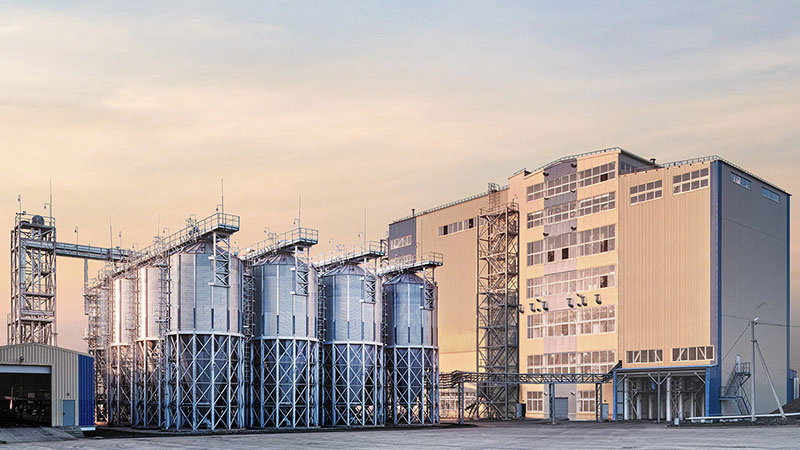
At RICHI, we go beyond project completion. With RICHI Servicee, we’re your dedicated partners in success. Count on us for expert guidance, minimal downtime, and optimized productivity. Choose RICHI for unmatched service and support.
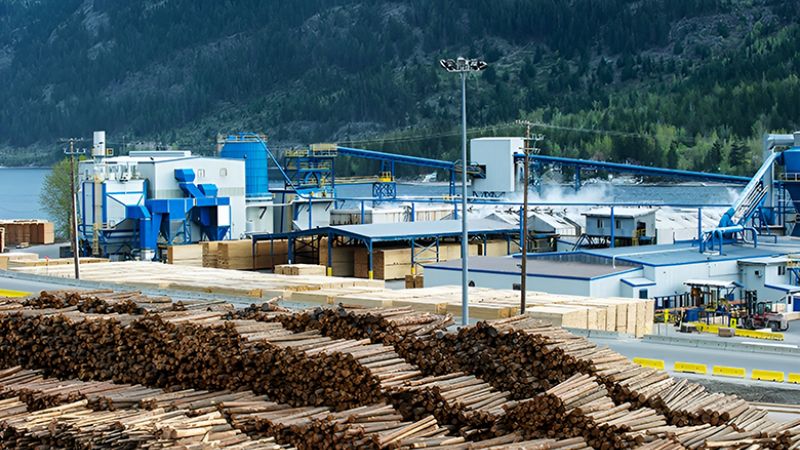
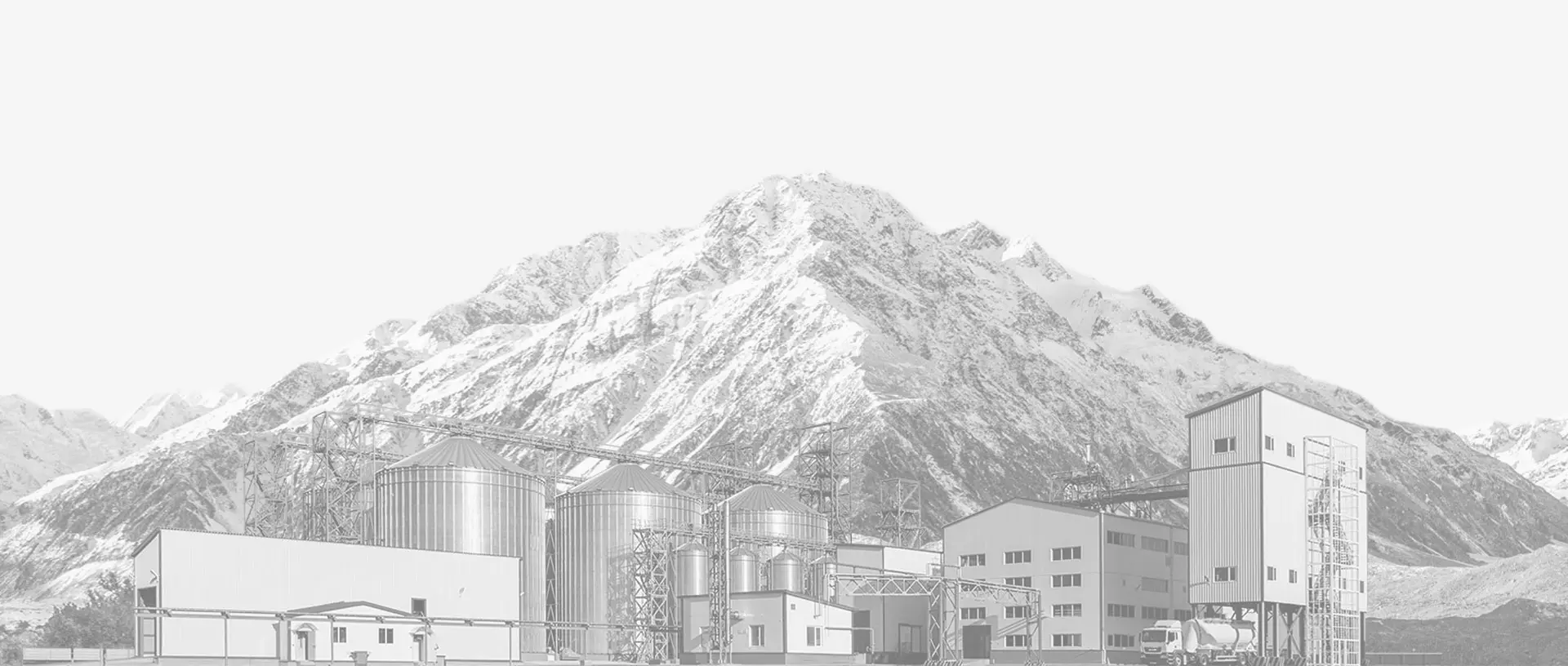

Meet global product demands and quality standards with industry-leading pellet plant design, engineering, equipment, and construction services for pellet processors.
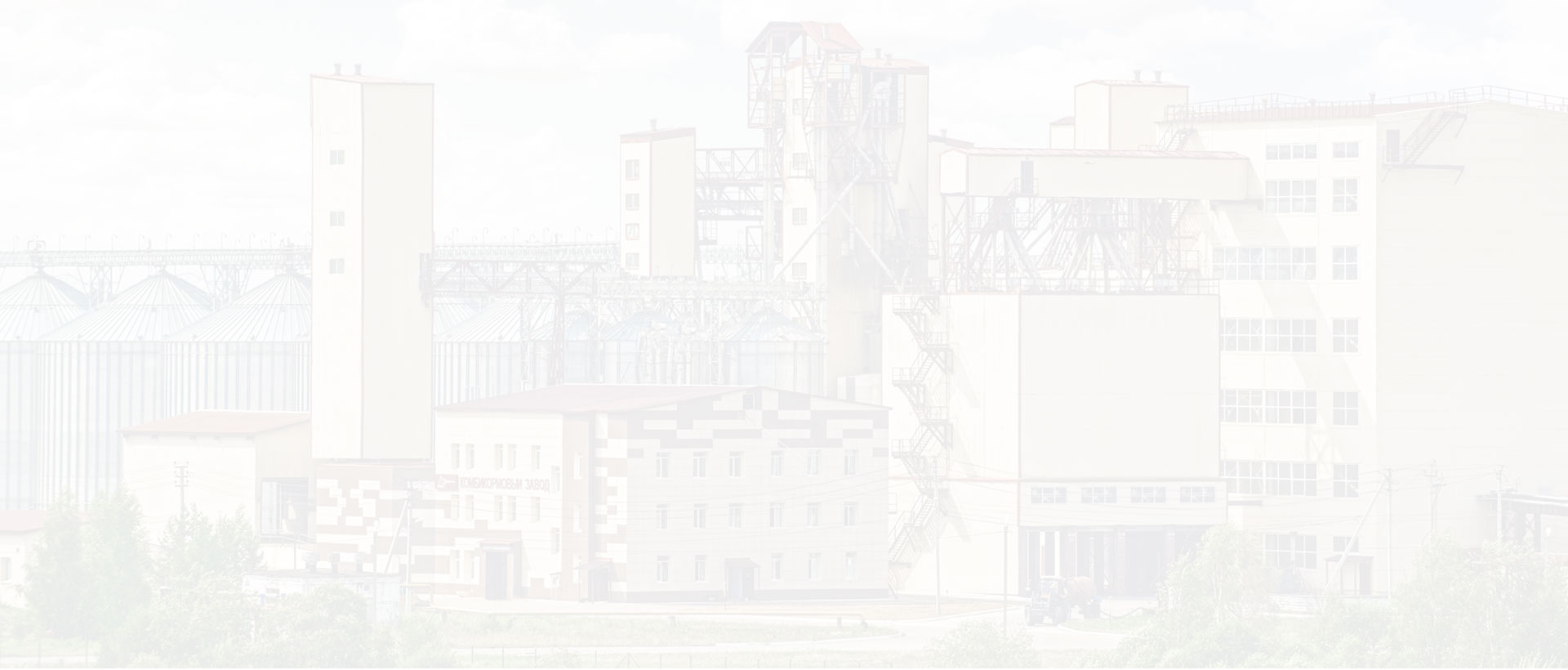
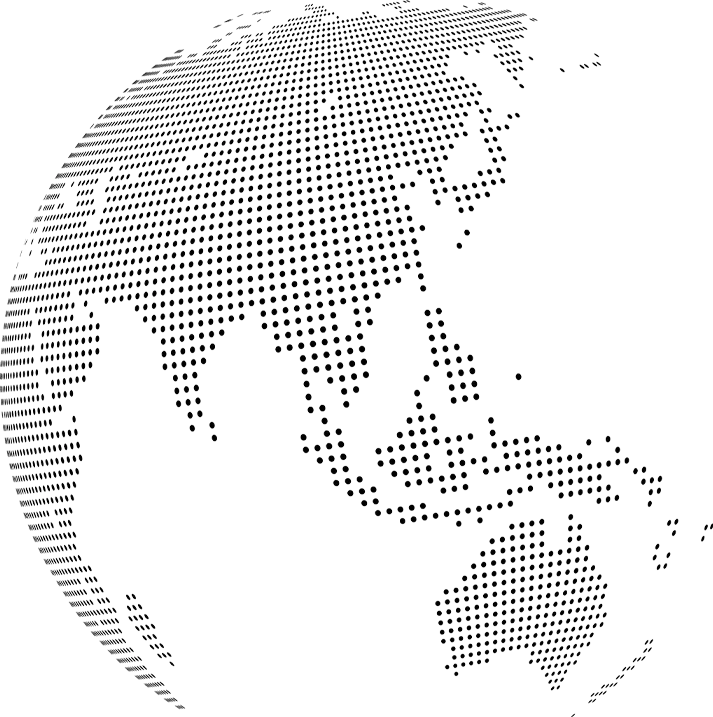
Your Partner Beyond Project Completion
2000+ cases
RICHI is the leading designer, manufacturer and builder of pellet plants in the world, completing over 2000 projects in 140 countries across 6 continents.
Read More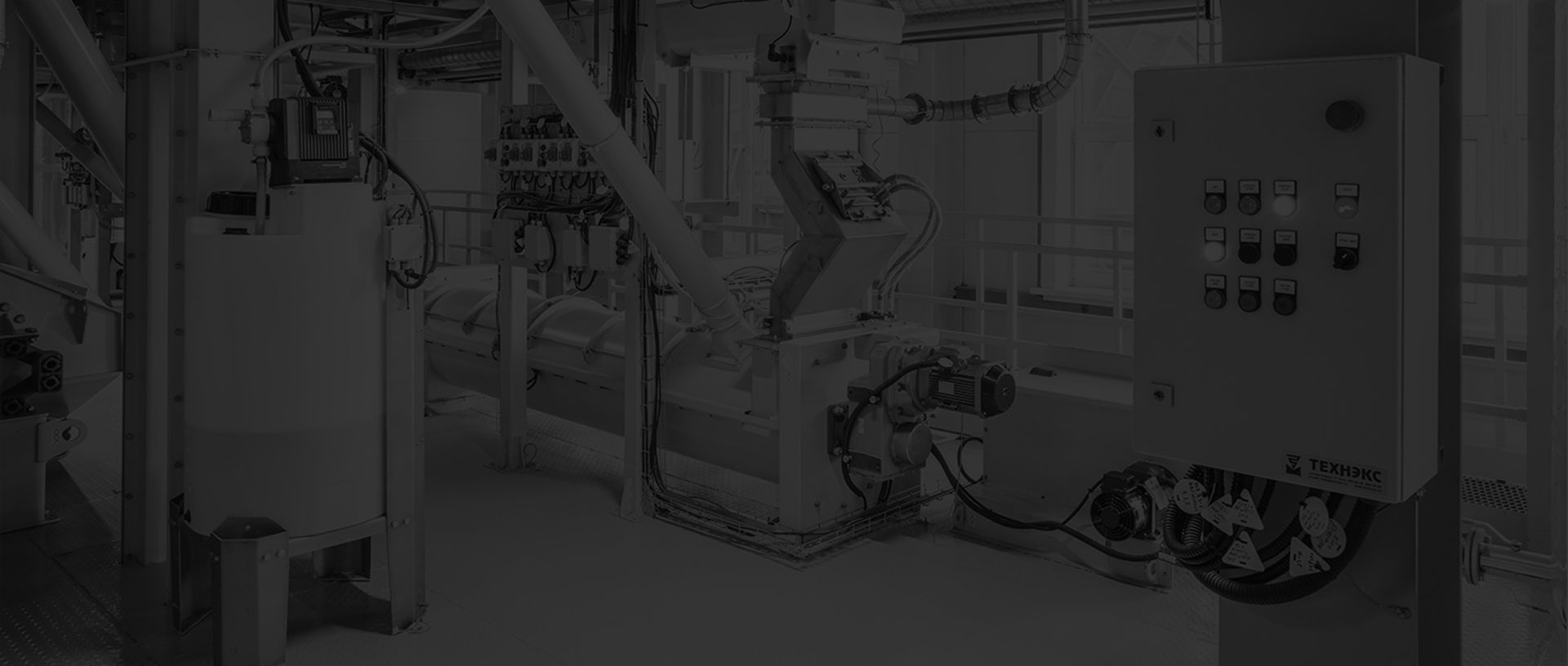
Increase plant productivity, profitability, and safety by integrating high quality equipment into your pellet production line. Over the years, RICHI has become China's top pellet equipment manufacturer. At the same time, RICHI has established valuable partnerships with the world's leading component and raw material manufacturers to bring you the best there is in technology, automation, and efficiency in pelleting plant machinery.
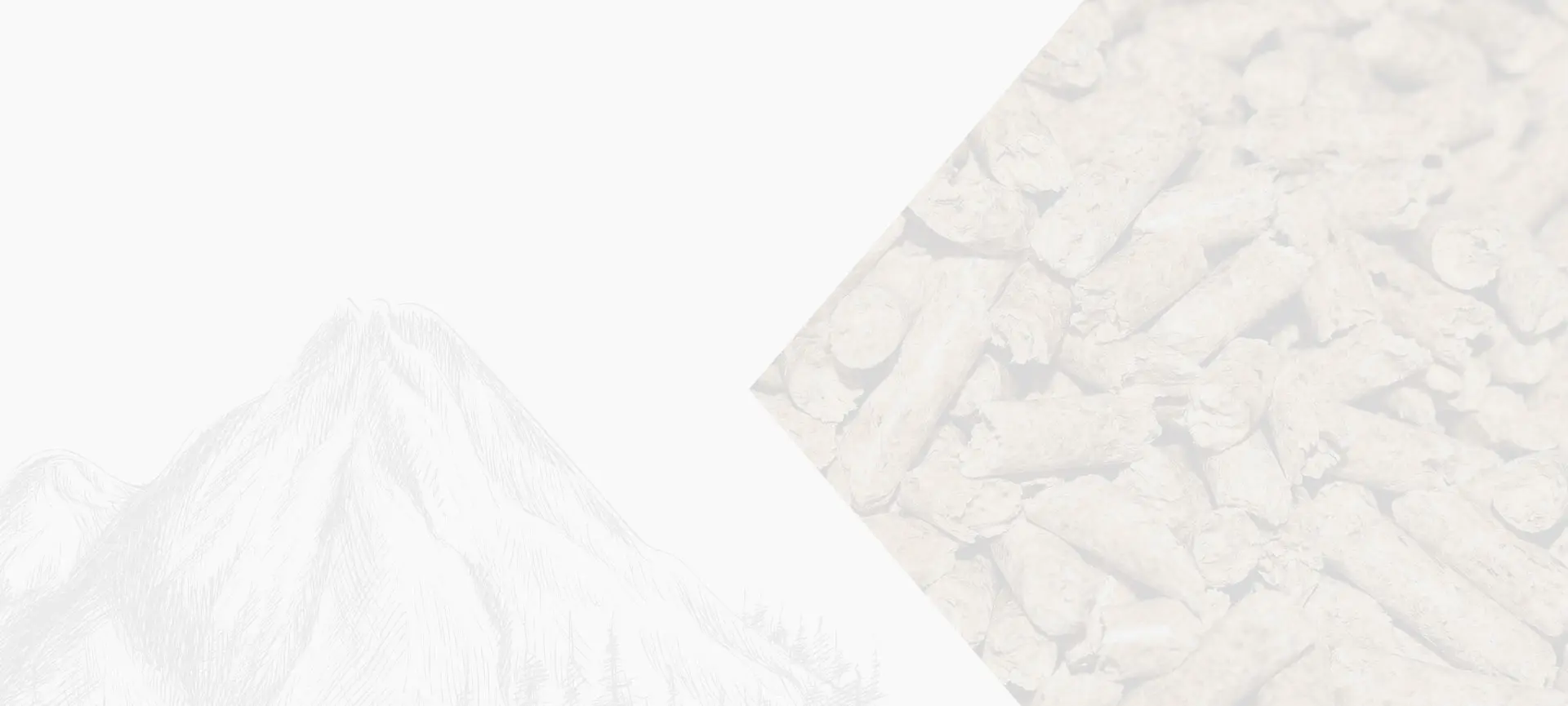
For nearly 30 years, RICHI has been providing best-in-class pellet plant equipment and services to clients across a variety of industries, sizes, and needs. We pride ourselves on the knowledge and skill that each team member possesses – from our technical sales team to our process design engineers. You can count on RICHI Machinery to take your operation to the next level of innovation, quality, and success.
Need help with your pellet manufacturing plant project? Contact us today.
ANIMAL FEED
BIOMASS
WOOD
ORGANIC FERTILIZER
AQUA FEED
CAT LITTER
MUNICIPAL WASTE RECYCLING
SPECIAL PELLET PRODUCTION
RICHI Machinery continues to deliver world class pellet mill equipment, pellet plant engineering and project solutions that add value to our customers in the animal feed, wood waste, agriculture waste, organic fertilizer, cat litter and special pellet products industries. Throughout the years, we RICHI Machinery have built strong brand, becoming industry-leading pellet machine manufacturer. We value integrity, promise quality, and prioritize your success.
Learn MoreWith our expert team, we precisely implement your process engineering requirements in pellet mill and pelletizing plant systems. No matter which industry you’re in – we understand your needs and deliver solutions that meet the highest standards.
At RICHI, quality comes first. Our pellet making machine and related pellet line equipment undergo rigorous quality controls to ensure they meet the highest standards. Rely on products that are durable, safe, and efficient.
With decades of experience in pellet machine and pellet production line production, we have earned a reputation as a trusted partner in various industries. Our expertise allows us to cover a wide range of applications.
Not only do we offer premium pelleting equipment, but we are also experts at designing, building, installing, and maintaining facilities from the ground up. Our expertise is within pellt plant process design, discovering the most efficient, productive, and profitable way to handle your materials in an end-to-end cycle.

Keeping in touch with us is an effective way to solve all your problems. If you have any needs or questions, please leave your contact information, then RICHI technical consultants will send design, quotation, videos to your mailbox. You can also contact us directly via WhatsApp: +86 13838389622
Copyright©2015-2024 by HENAN RICHI MACHINERY CO., LTD. All rights reserved.